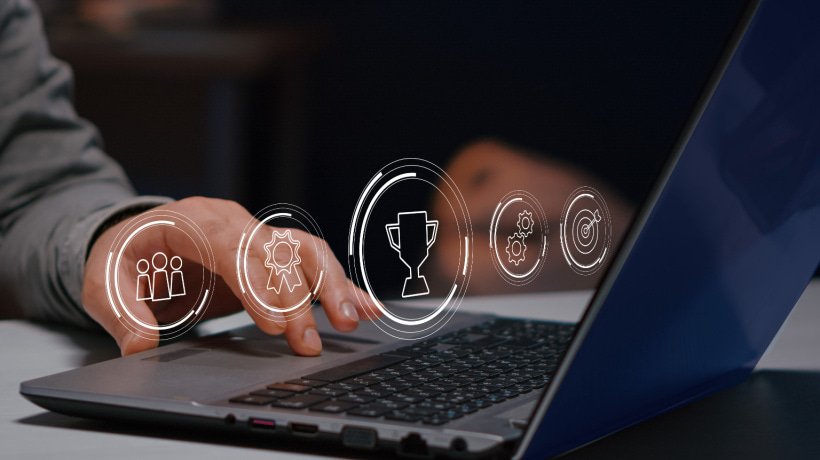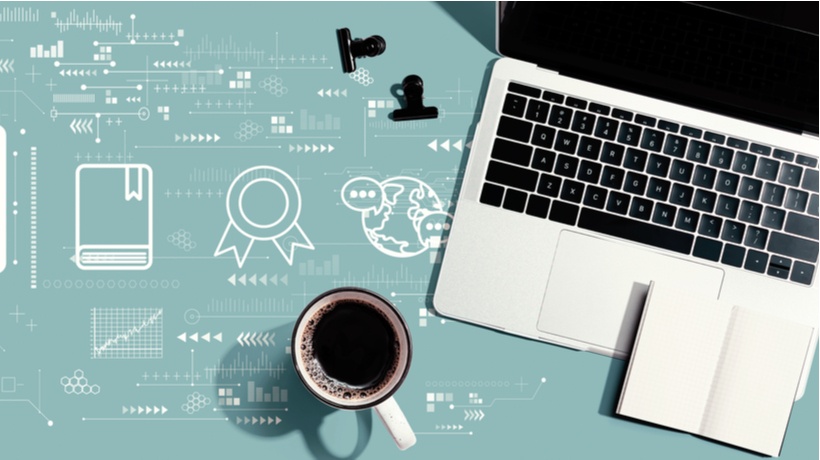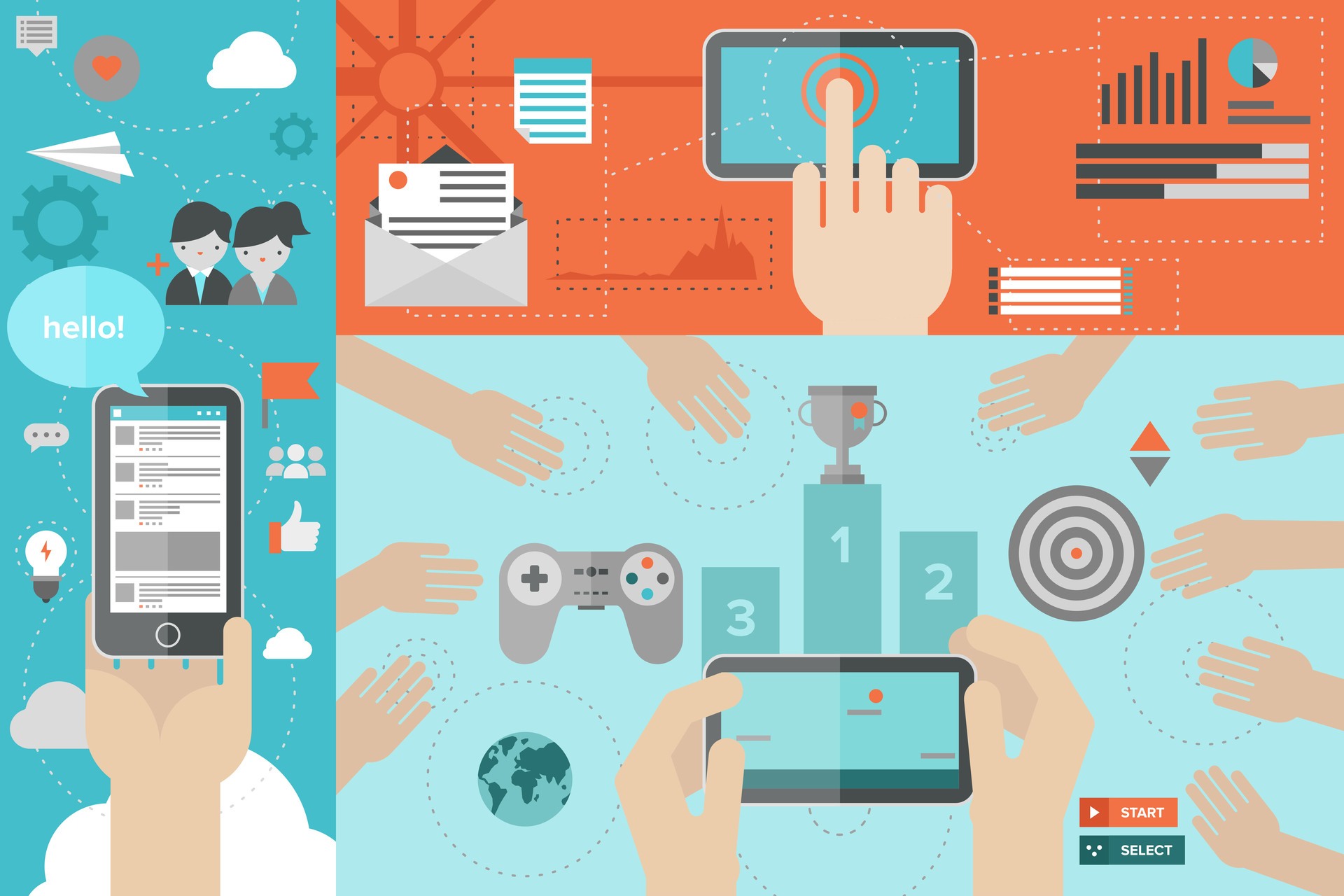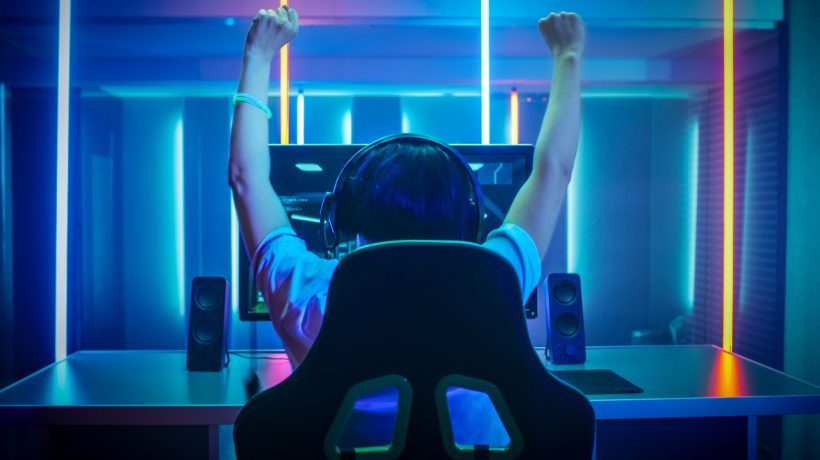Enhancing Learning With Gamification And Game-Based Tools
In 2025, education and corporate training are evolving rapidly, with gamification emerging as a key strategy for improving learner engagement and knowledge retention. Traditional learning methods often struggle to maintain motivation, but gamification integrates game mechanics into educational experiences to create an engaging, interactive environment. This article explores the benefits of gamification, the impact of reward system gamification, the role of game-based learning solutions in software, and the differences between gamification and game-based learning.
The Role Of Gamification In Enhancing Modern Learning
Gamification involves incorporating game elements like points, badges, leaderboards, and challenges into learning experiences. This approach leverages intrinsic and extrinsic motivation, making the learning process more enjoyable and encouraging continued engagement. In 2025, institutions and businesses increasingly rely on gamification to enhance eLearning, corporate training, and skill development programs.
A well-structured gamification strategy fosters competition, social learning, and goal-oriented behavior. By integrating elements like achievement-based progression, learners are more likely to complete their courses, leading to improved retention and application of knowledge. Moreover, gamification aligns with digital transformation initiatives, making learning more accessible through mobile apps and interactive platforms.
Reward System Gamification: Driving Motivation And Performance
Reward system gamification plays a crucial role in motivating learners by recognizing achievements and reinforcing positive behavior. Organizations use rewards such as virtual badges, certificates, points, and even real-world incentives to keep learners engaged. Psychological studies suggest that recognition triggers dopamine release, leading to a sense of accomplishment and encouraging learners to progress further.
For example, corporate training programs use point-based incentives where employees unlock new levels or gain privileges as they advance in their training. Similarly, students benefit from structured reward systems that guide them through coursework, ensuring they stay committed to learning goals. This system works particularly well for online courses, where maintaining self-discipline can be challenging.
Game-Based Learning Solutions In Software
Game-based learning solutions in software provide interactive simulations and serious games to teach concepts effectively. Unlike gamification, which adds game mechanics to traditional learning, game-based learning involves the use of full-fledged games designed specifically for educational purposes.
In 2025, educational institutions and corporate training programs increasingly leverage AI-driven game-based learning solutions. These solutions provide adaptive learning paths, real-time feedback, and immersive experiences that cater to different learning styles. Popular applications include coding simulation games, virtual laboratories, and language-learning apps, which provide hands-on practice in an engaging manner.
Moreover, companies use gamified training software to enhance onboarding, compliance training, and professional development. By integrating realistic scenarios and interactive challenges, employees develop critical skills in a risk-free environment, improving overall efficiency. Virtual Reality (VR) and Augmented Reality (AR) are also becoming integral parts of game-based learning solutions, offering deeper engagement through immersive learning environments.
Gamification Vs. Game-Based Learning: Key Differences
While gamification and game-based learning share common objectives, they are distinct approaches.
- Gamification: Enhances traditional learning methods by adding game mechanics like scoring systems, progress tracking, and competition to drive engagement. It applies to various fields, from online courses to corporate training programs.
- Game-based learning: Utilizes games explicitly designed for educational purposes, incorporating learning objectives into gameplay. It immerses learners in a game environment where they acquire skills and knowledge through active participation.
Understanding these differences helps organizations choose the right strategy based on their training objectives. Gamification is ideal for reinforcing existing learning materials, while game-based learning is effective for hands-on skill development.
The Science Behind Gamification And Knowledge Retention
One of the main reasons gamification is so effective in learning is its impact on cognitive functions. Research in educational psychology suggests that learning is most effective when it involves active engagement and positive reinforcement. Gamification achieves both by transforming passive learning into an interactive experience.
Studies have shown that learners exposed to gamified elements such as point scoring, progress tracking, and rewards tend to have better knowledge retention rates than those using traditional learning methods. This is because gamification leverages multiple learning theories, including:
- Self-determination theory (SDT)
Gamification fosters intrinsic motivation by satisfying the psychological needs of autonomy, competence, and relatedness. - Operant conditioning
Reward-based learning reinforces positive behavior, making learners more likely to engage with content actively. - Cognitive load theory
Breaking complex topics into smaller, gamified elements reduces cognitive overload, making learning more digestible.
By combining these learning principles with innovative digital solutions, gamification ensures that learners not only acquire new information but also retain and apply it effectively.
The Future Of Gamified Learning In 2025 And Beyond
As technology advances, gamification and game-based learning continue to evolve. The integration of Artificial Intelligence, Augmented Reality, and Virtual Reality enhances the personalization and immersion of gamified learning experiences. AI-driven analytics allow educators and trainers to track progress, identify learning gaps, and optimize engagement strategies.
Another emerging trend is the use of blockchain in gamification, where learners earn verifiable digital credentials for their achievements. These digital badges and certificates help individuals build a portfolio of skills that can be used for career advancement and lifelong learning.
Organizations and institutions that invest in gamified learning strategies benefit from improved learner motivation, higher knowledge retention, and enhanced overall performance. As we move further into 2025, the trend of using reward system gamification and game-based learning solutions in software will continue to shape the future of education and professional training.
Real-World Applications Of Gamification In Learning
Gamification is widely adopted across different sectors, including:
- Higher education
Universities use gamified platforms to enhance student participation, promote peer collaboration, and make coursework more interactive. - Corporate training
Businesses implement gamified eLearning programs to train employees, boost compliance rates, and improve onboarding experiences. - Healthcare training
Medical professionals use simulation-based gamification to practice procedures, diagnose virtual patients, and enhance decision-making skills. - Language learning
Platforms like Duolingo use gamification to keep learners motivated through daily streaks, reward systems, and interactive exercises.
The increasing adoption of gamification in these industries highlights its effectiveness in diverse learning environments.
Conclusion
Gamification is revolutionizing learning by making education more engaging, interactive, and effective. By leveraging reward system gamification, implementing game-based learning solutions in software, and understanding the differences between gamification vs. game-based learning, organizations can create impactful learning experiences. As technology continues to evolve, gamification will remain a critical tool in fostering engagement and enhancing knowledge retention across diverse learning environments. Whether in academic institutions, corporate training, or personal development, gamification is paving the way for a smarter, more interactive future of learning.










